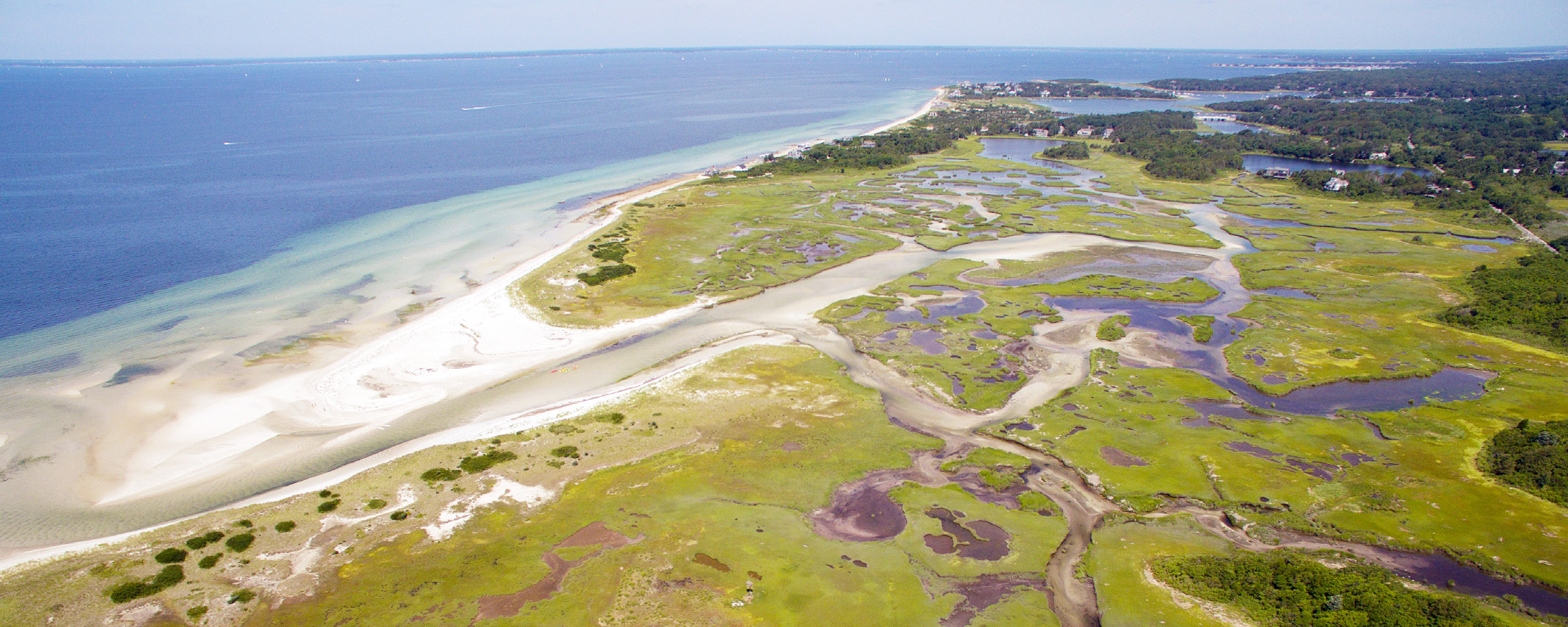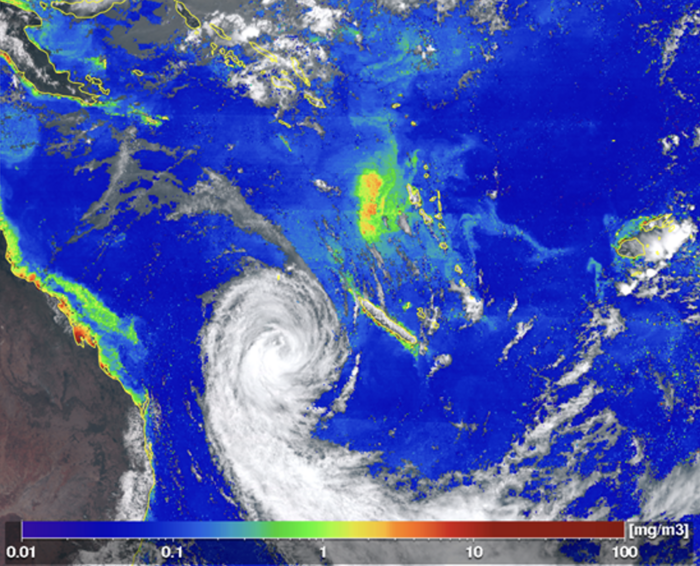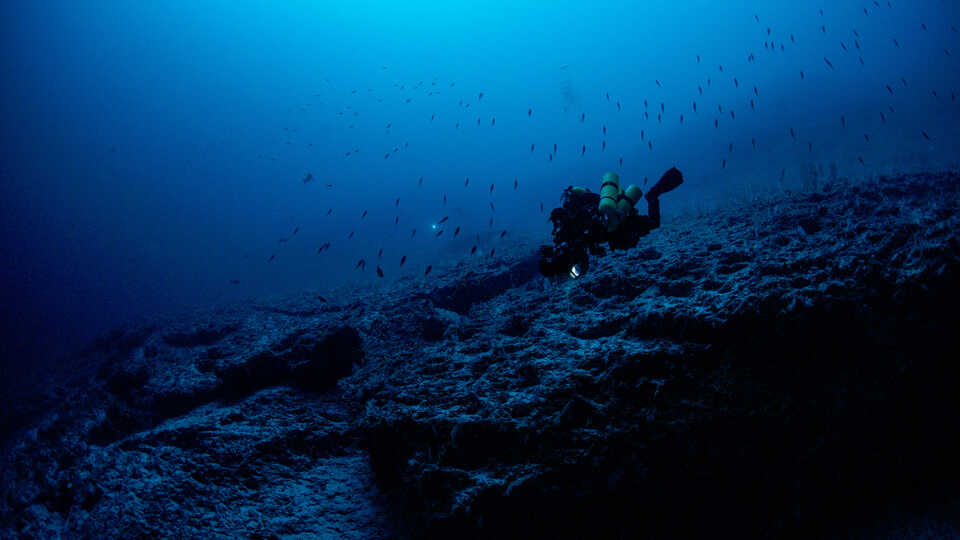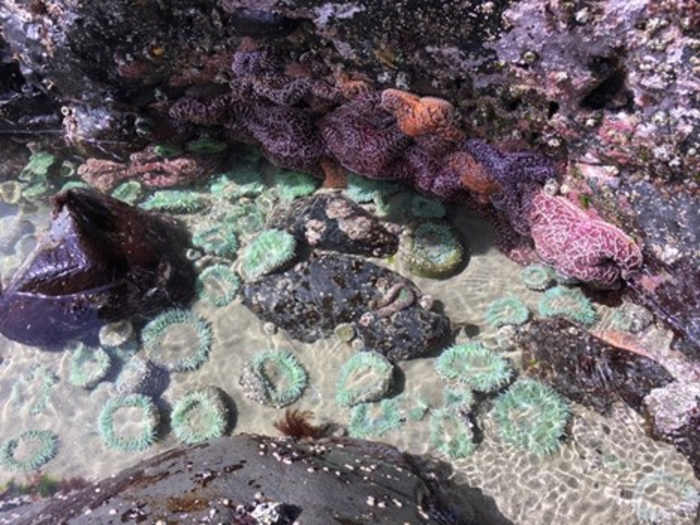By analyzing 42 years worth of canned salmon, University of Washington scientists show that levels a common marine parasite rose in two salmon species in the Gulf of Alaska from 1979 to 2021. The rise may be a sign of ecosystem recovery, possibly influenced by the 1972 Marine Mammal Protection Act.
Tag: Marine ecosystems
‘Janitors’ of the Sea: Overharvested sea cucumbers play crucial role in protecting coral
In a first-of-its-kind study, researchers at the Georgia Institute of Technology discovered that sea cucumbers — sediment-eating organisms that function like autonomous vacuum cleaners of the ocean floor — play an enormous role in protecting coral from disease. The problem is, they’ve been overharvested for more than 100 years, and they’re now rare.
Protecting fish doesn’t have to mean neglecting people, study concludes
With fish stocks declining globally, more than 190 countries recently made a commitment to protect about a third of the world’s oceans within “Marine Protected Areas,” or MPAs by the year 2030.
New threat to Antarctic fur seals
Antarctic fur seals that were hunted to near extinction have recovered but now face dangerous decline because of a lack of food, new research suggests. The study of fur seals, almost all of which live on the sub-Antarctic islands of…
Over 40 percent of Antarctica’s ice shelves reduced in volume over 25 years
71 of the 162 ice shelves that surround Antarctica have reduced in volume over 25 years from 1997 to 2021, with a net release of 7.5 trillion tonnes of meltwater into the oceans, say scientists.
Insights into the biodiversity of annelids in the world’s largest deep-sea mineral exploration region
The demand for rare raw materials, such as cobalt, is fuelling the exploration of the deep-sea floor for mining.
Turning the tide: Ghana’s innovative approach to tackle marine plastic pollution with citizen science
Working with IIASA researchers, Ghana has adopted a citizen science approach to addressing the problem of plastic pollution in marine environments.
Study highlights importance of mineral iron in ocean ecosystems
New research published today in Nature has revealed the importance of mineral forms of iron in regulating the cycling of this bio-essential nutrient in the ocean.
Tracking whales as they cruise the Arctic
Fibre-optic cables line the coasts of the continents and criss-cross the oceans, carrying signals that are the backbone of communication in the modern world.

Most of world’s salt marshes likely to be underwater by 2100, study concludes
Cape Cod’s salt marshes are as iconic as they are important. These beautiful, low-lying wetlands are some of the most biologically productive ecosystems on Earth.
Climate change threatens global fisheries
The diet quality of fish across large parts of the world’s oceans could decline by up to 10 per cent as climate change impacts an integral part of marine food chains, a major study has found.

Phytoplankton blooms offer insight into impacts of climate change
The first study into the biological response of the upper ocean in the wake of South Pacific cyclones could help predict the impact of warming ocean temperatures, New Zealand researchers believe.

Study shows how biodiversity of coral reefs around the world changes with depth
Researchers show that mesophotic coral reefs function much differently than their shallower counterparts and are unlikely to offer a refuge for shallow water fishes trying to escape climate-change driven warming on the ocean’s surface.
Climate change could cause mass exodus of tropical plankton
The tropical oceans are home to the most diverse plankton populations on Earth, where they form the base of marine food chains.

Whale warning as clock ticks towards deep-sea mining
Seabed mining could soon begin in the deep ocean – but the potential impact on animals including whales is unknown, researchers have warned.
Marine reserves unlikely to restore marine ecosystems
Protected marine areas are one of the essential tools for the conservation of natural resources affected by human impact —mainly fishing—, but, are they enough to recover the functioning of these systems?
Slime for the climate, delivered by brown algae
Brown algae are true wonder plants when it comes to absorbing carbon dioxide from the air.
Arctic carbon conveyor belt discovered
Every year, the cross-shelf transport of carbon-rich particles from the Barents and Kara Seas could bind up to 3.6 million metric tons of CO2 in the Arctic deep sea for millennia.
Crown-of-thorns seastar from Red Sea is endemic species
Tropical coral reefs are among the most endangered ecosystems on Earth. In addition to climate change, coral-eating crown-of-thorns seastars (Acanthaster spp.) pose one of the biggest threats in parts of the Indo-Pacific region.
New tool developed to monitor health of marine ecosystems and extinction risk of species
Scientists from Simon Fraser University are part of an international team of researchers that has developed a new science-based indicator to assess the state of health of the oceans—and the possible risk of extinction of their species.
Sea urchins keep on trucking while other marine life languishes in the Florida Keys
In the summer of 2020, Florida Museum researchers Tobias Grun and Michał Kowalewski dove into the shallow waters off the coast of the Florida Keys and scoured the ocean floor for sea urchins.

No ‘Safe Space’ for 12 key ocean species on North American West Coast
For the generations who grew up watching Finding Nemo, it might not come as a surprise that the North American West Coast has its own version of the underwater ocean highway – the California Current marine ecosystem (CCME).
The Pair of Orcas Deterring Great White Sharks – by Ripping Open Their Torsos for Livers
A pair of Orca (Killer Whales) that have been terrorizing and killing Great White Sharks off the coast of South Africa since 2017 has managed to drive large numbers of the sharks from their natural aggregation site.
Plastic Pollution in Ocean May Harbor Novel Antibiotics, Study Shows
Plastic pollution in the ocean may serve as a source for novel antibiotics, according to a new student-led study conducted in collaboration with the Scripps Institution of Oceanography. The research will be presented at the American Society for Microbiology’s conference in Washington, D.C. on June 9-13, 2022.
How ‘viral dark matter’ may help mitigate climate change
A deep dive into the 5,500 marine RNA virus species scientists recently identified has found that several may help drive carbon absorbed from the atmosphere to permanent storage on the ocean floor.
New Study Finds 19th Century Wooden Shipwrecks to Be Thriving Habitats for Deep-Sea Microbiomes
Historic wooden shipwrecks alter seafloor microbial communities, reports a recent study.
Deep Ocean Warming as Climate Changes
Much of the “excess heat” stored in the subtropical North Atlantic is in the deep ocean (below 700m), new research suggests.
Research discovers new bacteria that stick to plastic in the deep sea to travel around the ocean
Newcastle University scientists have found new types of plastic loving bacteria that stick to plastic in the deep sea that may enable them to ‘hitchhike’ across the ocean.
Marine microbes swim towards their favorite food
Although invisible to us, every teaspoon of seawater contains more than a million marine bacteria.
The global ocean out of balance
Surprising as it sounds, all life forms in the ocean, from small krill to large tuna, seem to obey a simple mathematical law that links an organism’s abundance to its body size.
Revealing the ramifications of ocean acidification for coralline algae
Scientists have long suspected that coralline algae are particularly sensitive to changes in ocean chemistry. Now, researchers have found that most species of coralline algae studied are negatively affected by ocean acidification.
URI launches ‘Plastics: Land to Sea’ web platform
A new University of Rhode Island web platform, “Plastics: Land to Sea,” has been launched as part of an ongoing collaborative initiative to provide the science community with a burgeoning array of data resources and tools designed to inform and support dialogue concerning research focused efforts to start addressing plastics pollution.
NSF grants $2.5M for seagrass, marine ecosystem research
The National Science Foundation’s Division of Ocean Sciences and Environmental Biology awarded a four-year, $2.5 million grant to Drew Harvell, professor emeritus in ecology and evolutionary biology at Cornell University, to examine the transmission pathways of seagrass wasting disease in coastal meadows.
Low-cost 3D Method Rapidly Measures Disease Impacts on Florida’s Coral Reefs
A low-cost and rapid 3D technique is helping scientists to gain insight into the colony- and community-level dynamics of the poorly understood stony coral tissue loss disease responsible for widespread coral death throughout the Tropical Western Atlantic. They adapted Structure-from-Motion (SfM) photogrammetry to generate 3D models for tracking lesion progression and impacts on diseased coral colonies. They combined traditional diver surveys with 3D colony fate-tracking to determine the impacts of disease on coral colonies throughout Southeast Florida.
Low-cost 3D Method Rapidly Measures Disease Impacts on Florida’s Coral Reefs
A low-cost and rapid 3D technique is helping scientists to gain insight into the colony- and community-level dynamics of the poorly understood stony coral tissue loss disease responsible for widespread coral death throughout the Tropical Western Atlantic. They adapted Structure-from-Motion (SfM) photogrammetry to generate 3D models for tracking lesion progression and impacts on diseased coral colonies. They combined traditional diver surveys with 3D colony fate-tracking to determine the impacts of disease on coral colonies throughout Southeast Florida.
A New Study Reveals: Overfishing and Other Human Pressures Are Severely Harming Many Marine Protected Areas (MPAs) Around the World
A new study by Tel Aviv University reveals significant ecological damage to many MPAs around the world.